WASHINGTON — It’s not exactly a secret, but the International Spy Museum is moving.
And as staffers box up its popular attractions and relocate them from Chinatown to a much-larger space in L’Enfant Plaza, they’ll be unpacking several donated items as well — courtesy of a museum board member with an extensive personal collection.
The museum announced Wednesday that H. Keith Melton will be donating more than 5,000 pieces to its collection over the course of several years.
“Keith’s collection will easily triple what we have in artifacts,” said Peter Earnest, the museum’s executive director. The donation, he said, makes it possible “for us to tell this multifaceted story in a whole new way.”
The items were collected over decades by the author and historian.
“I am honored to have the exhibits put into this museum,” Melton said. “This is a world-class facility, and the artifacts will have the love and care that they receive from Dena [Adams, museum collections manager] and the team.
“They’ll be shown in a way that they’ve never been seen before, because most of these items have never been publicly seen.”
Donated items will include:
- A mangled piece of the U2 spy plane, flown by U.S. pilot Francis Gary Powers, that was shot down over the Soviet Union in 1960. It’s a type of plane that’s still in use today, Melton pointed out. “It’s our primary ability to do tactical surveillance,” he said.
- A “concealment coin” made for those U2 missions. Each contained a spring-loaded pin loaded with a lethal toxin that the coin holder could use to commit suicide.
- An enigma cypher, which was the key means for the Germans to communicate during World War II. Resembling a crude typewriter, the device originally had been used for banking communication.
- Forged British currency plates and notes, created by master Jewish forgers in concentration camps, as part of a German effort not only to fund intelligence activity, but also to destroy the British currency. “It was so good, the Bank of England was still detecting the forgeries in the 1970s,” Melton said. The Nazis had told their prisoners that they would spare the prisoners’ lives if they created the forgeries.
- A “Sleeping Beauty” submersible, which was a type of underwater vehicle used by the British to transport saboteurs or spies from a submarine to a denied area. “It was the only submarine designed by an intelligence officer and used by an intelligence service,” he said.
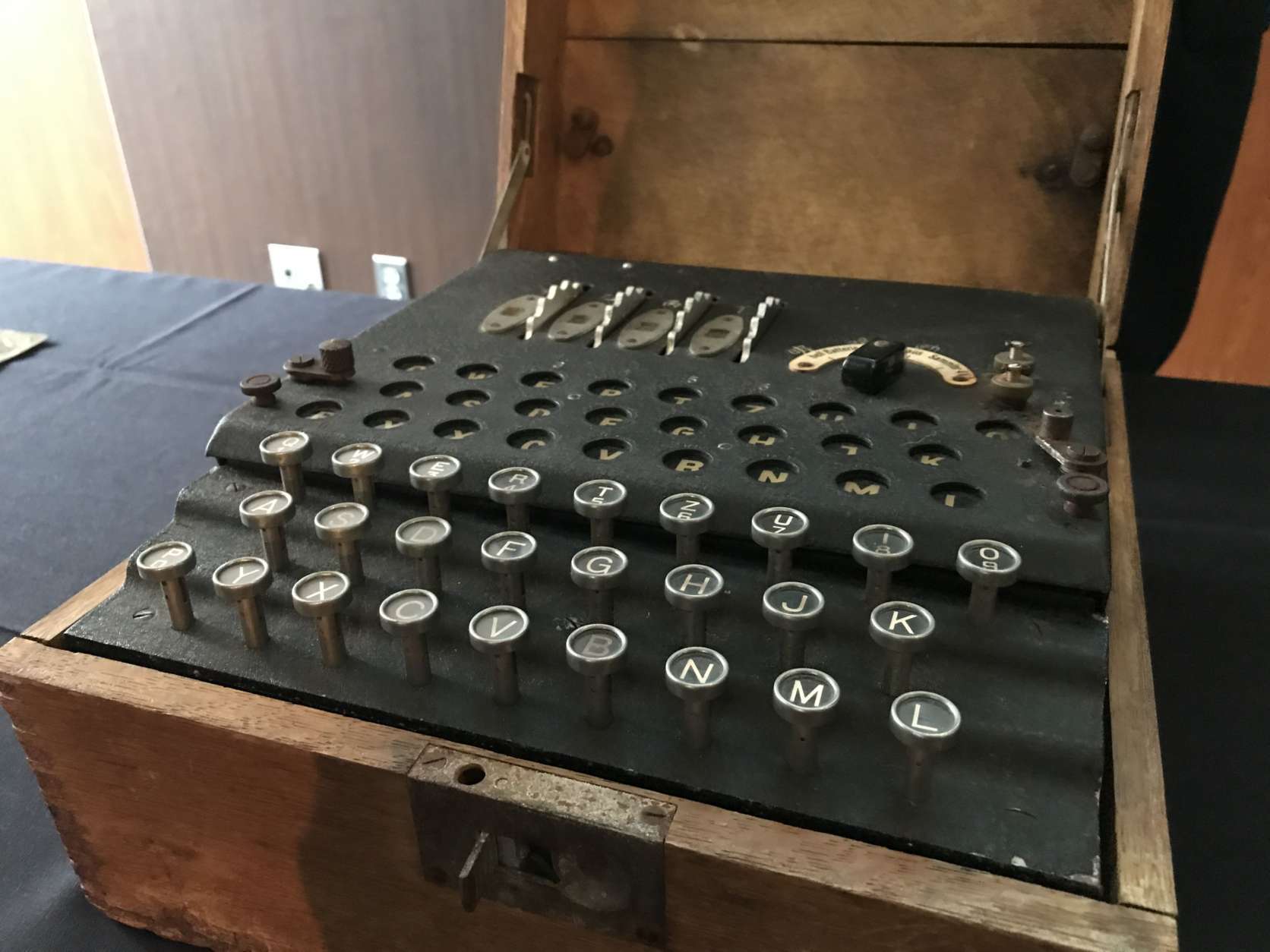
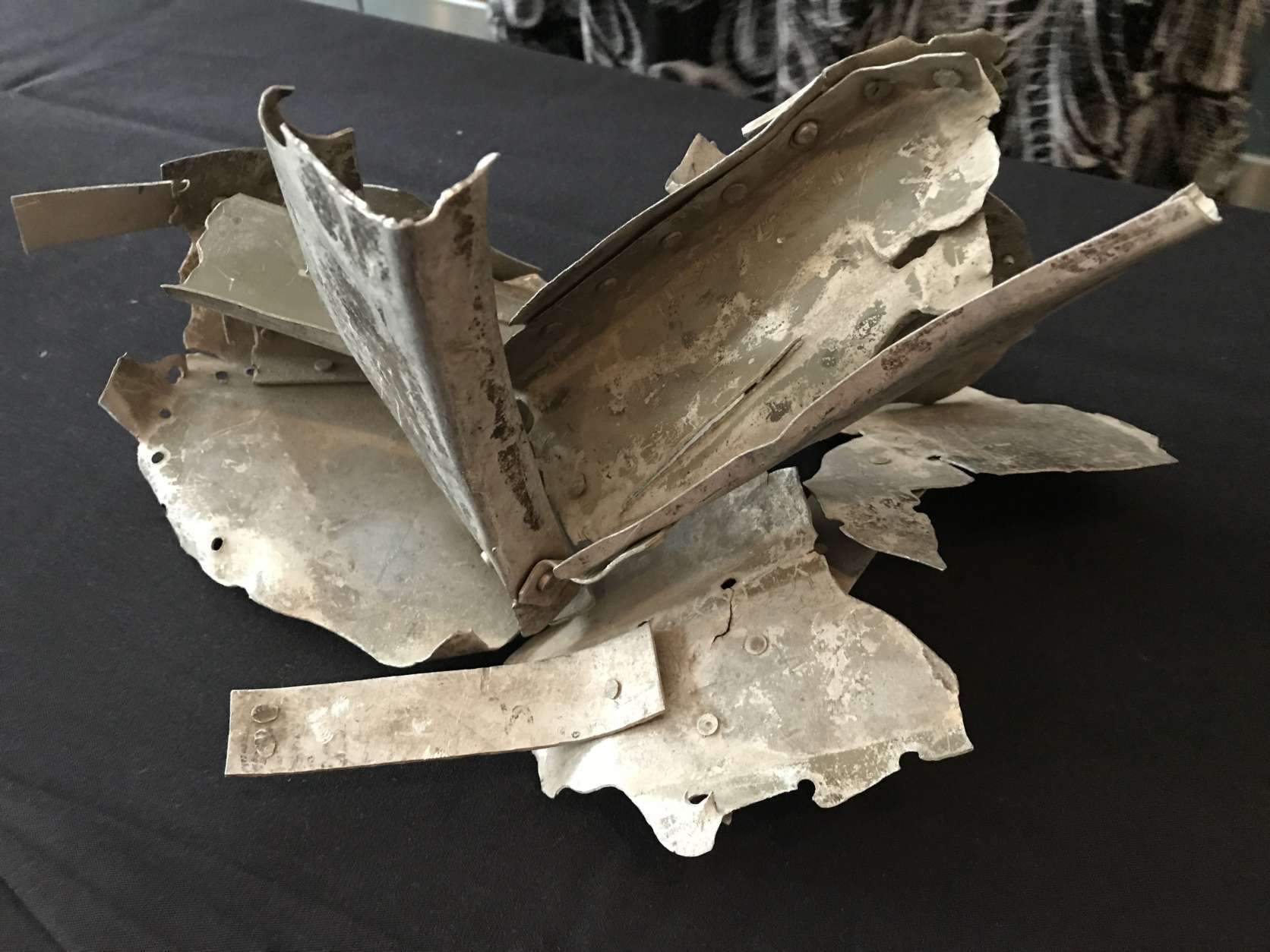
(WTOP/Ginger Whitaker)
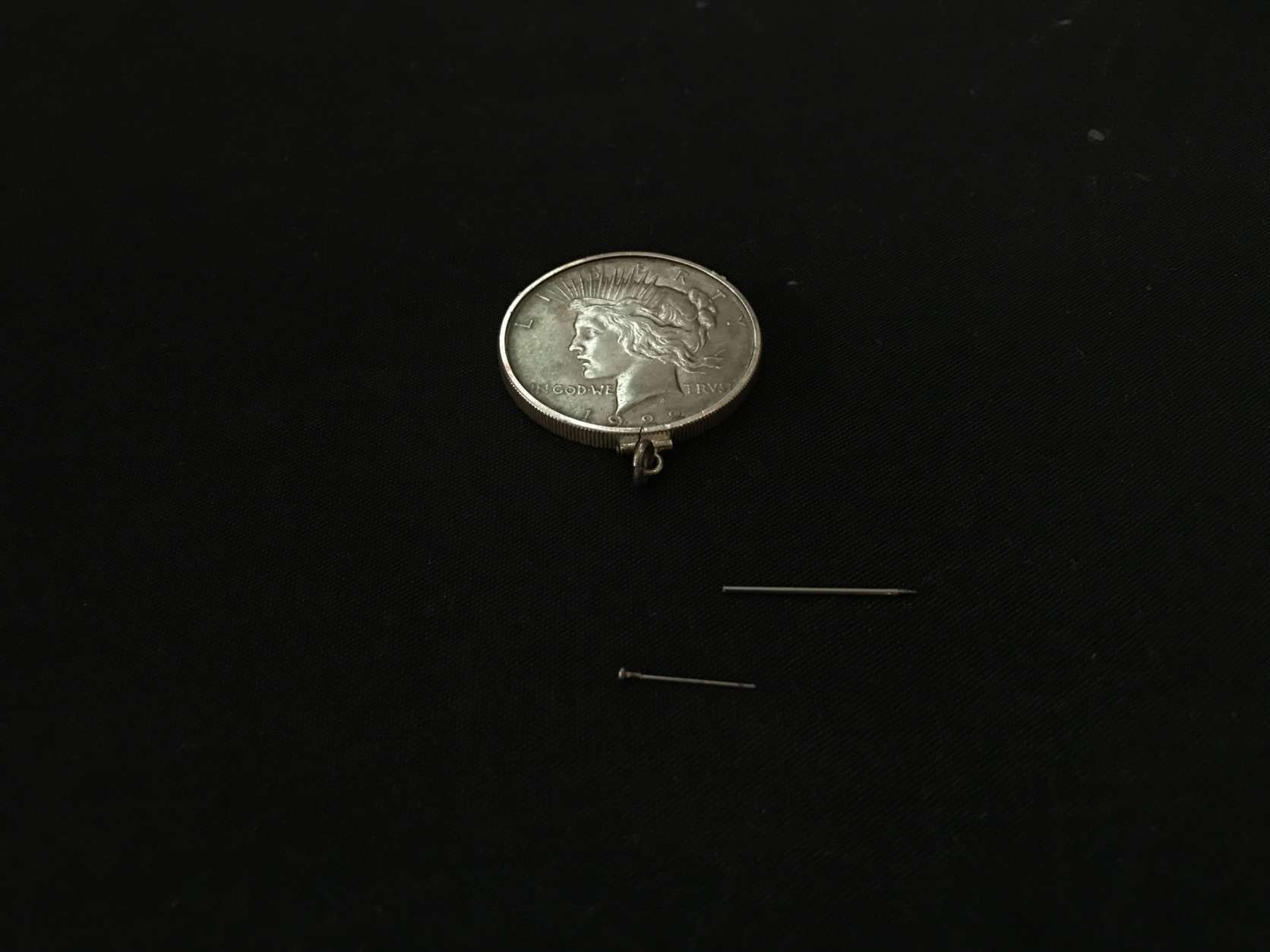
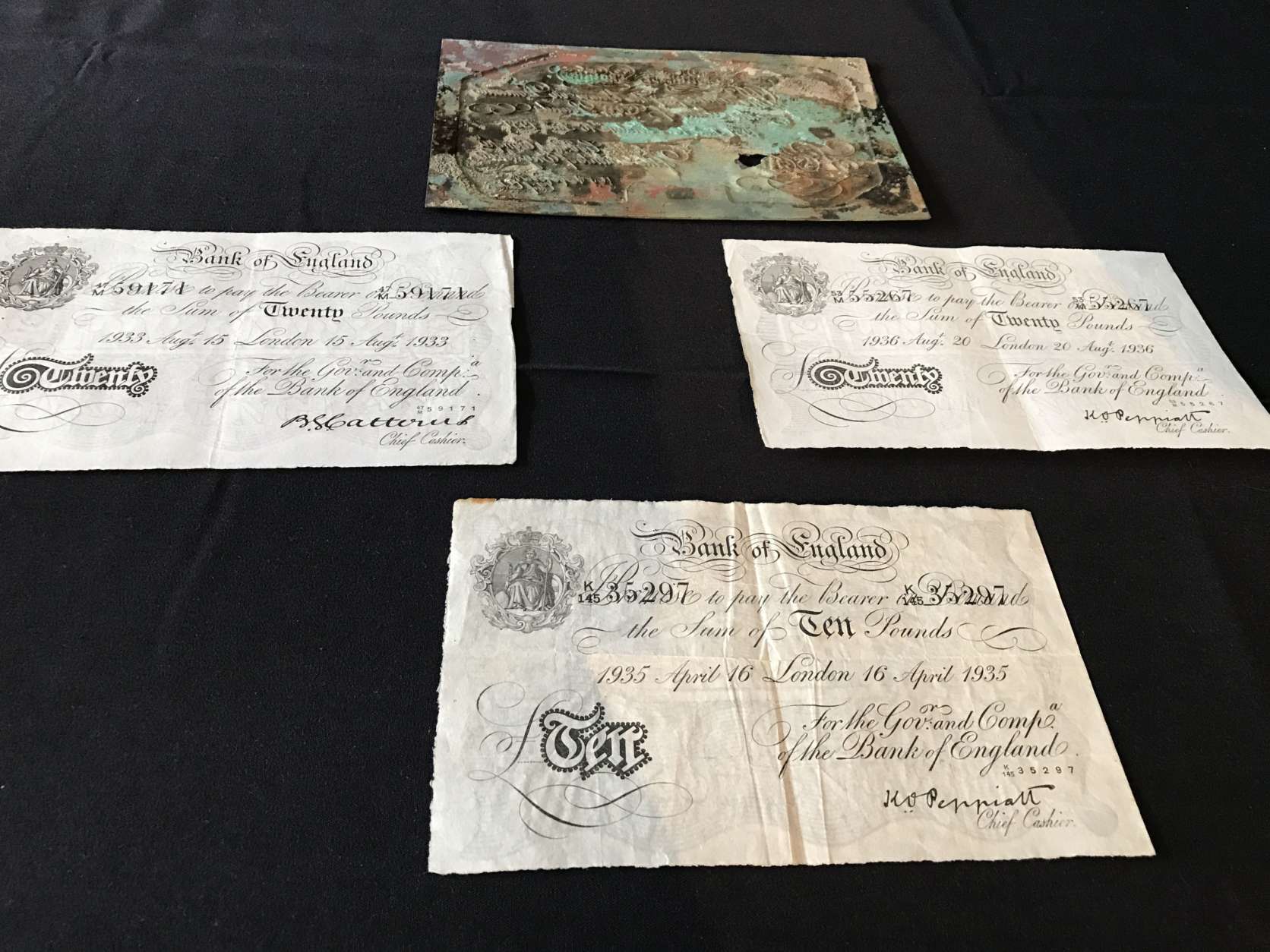
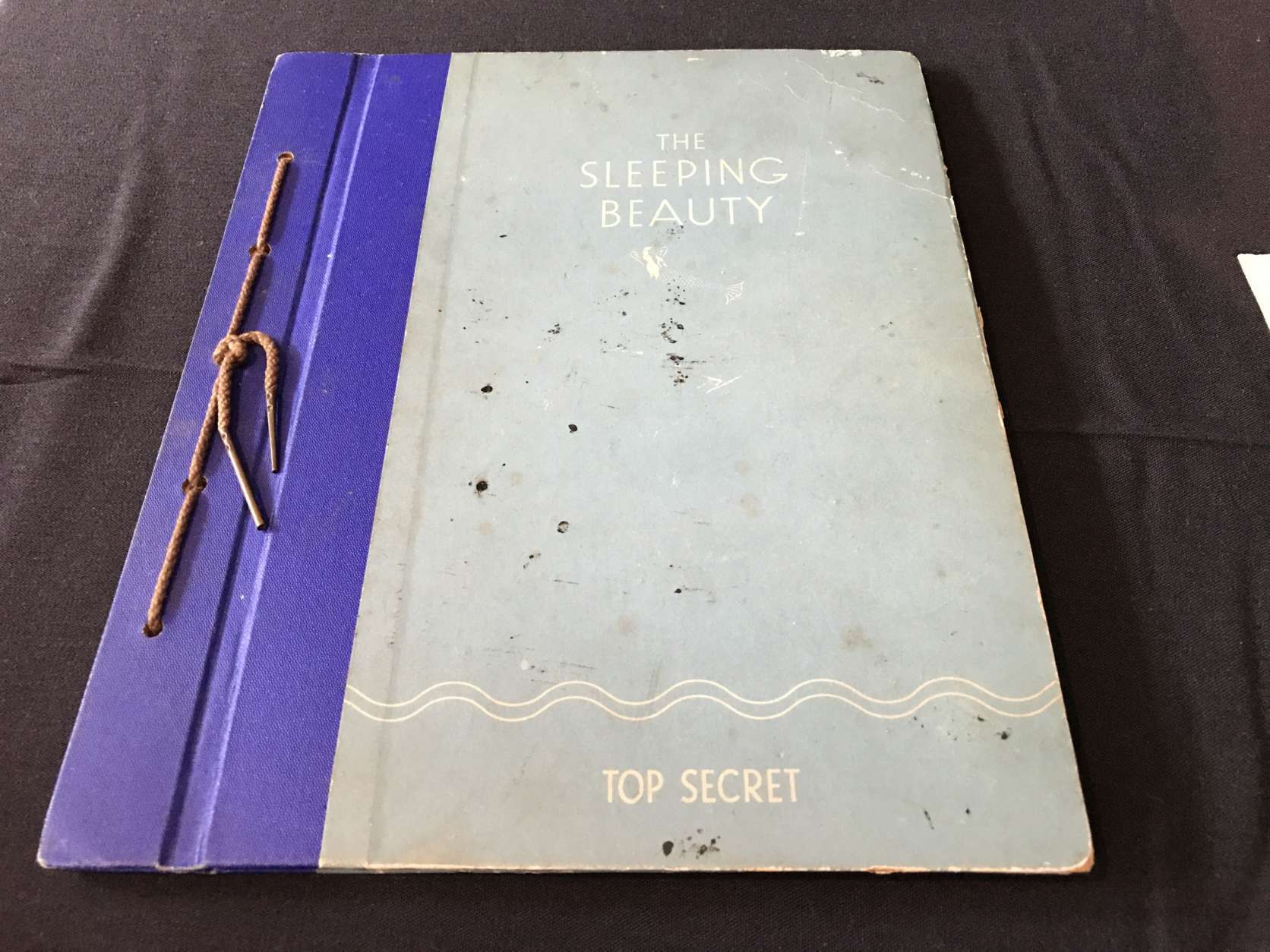
submersible vehicle used by the British. Both the manual and the vehicle itself will be donated to the museum.
(WTOP/Ginger Whitaker)
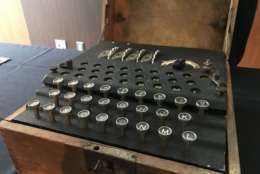
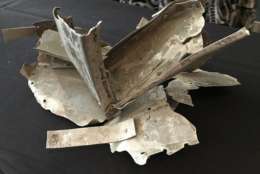
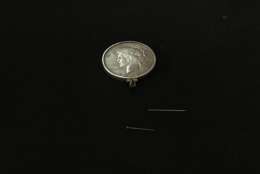

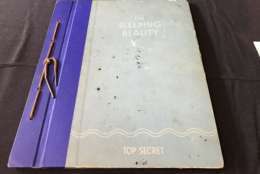
What has been Melton’s motivation to collect so many tools of the secret-agent-man trade?
“I’ve asked that myself many times,” he said. “I’m an engineer by training. I graduated from the Naval Academy, so I’m built to solve puzzles. Every one of these operations is the result of a detective search.
“It’s a search to find it, understand how the technology worked, and then see how it was used in operations that have influenced history. And for me — everyone relates to history differently — I relate to it by holding artifacts, and I love the research and the searching.”
Melton joked that if there were a fire threatening his collection, he would die from indecision. After all, there is so much history to choose from. The cypher, he said, is among the more significant.
“To the world, breaking the enigma cypher shortened the war by some period of months,” he said. “You can say it saved thousands, maybe hundreds of thousands of lives. So as far as the ability to save lives and end a conflict, this is the most significant.”
How exactly does someone find this stuff? Much of it involves flying overseas, running ads and chasing down leads that may go nowhere. It’s detective work, after all.
The rest? Well, you’ll need clearance for that.
During a news conference Wednesday at the museum, one reporter asked Melton about how the concealment coin was acquired.
“I’d rather not go into the sources, sir,” Melton replied.








